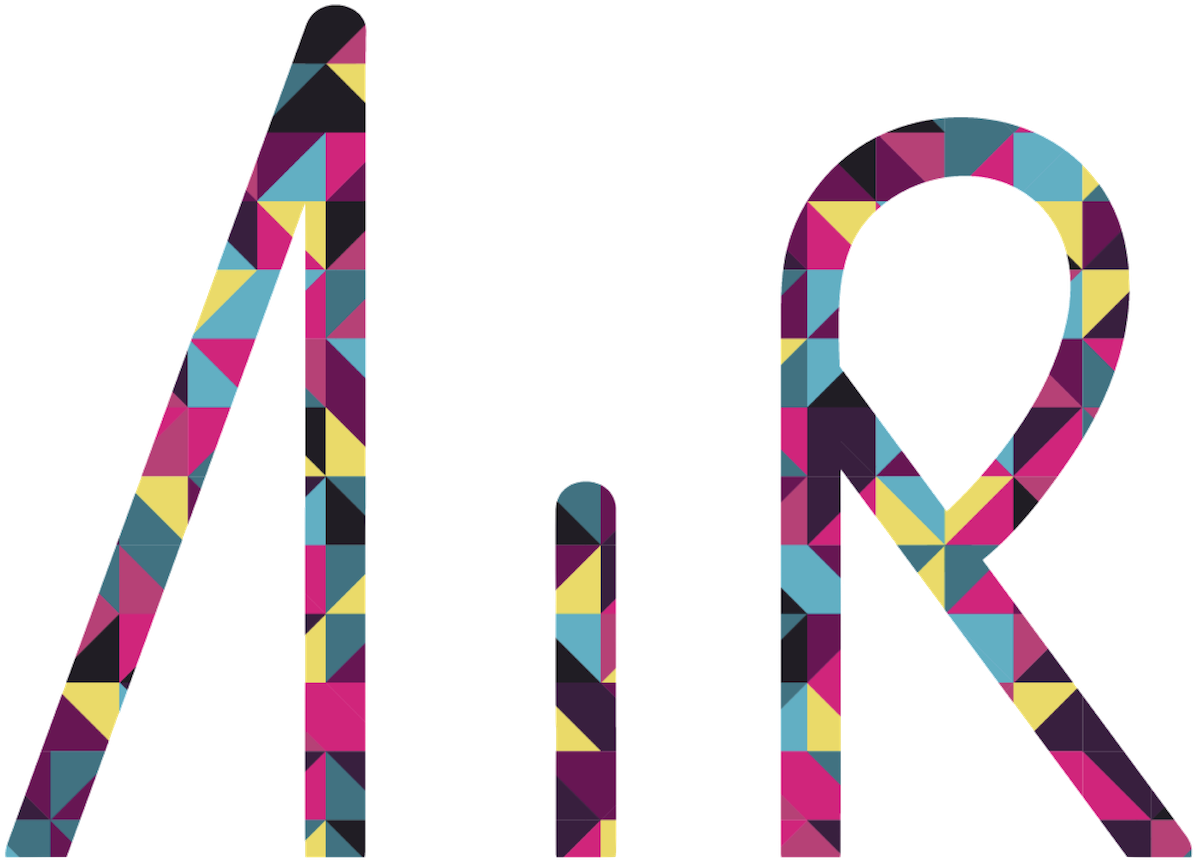Benjamin's scientific journey began at ESPCI Paris where he did his PhD on hydrodynamic instabilities. He had the opportunity to expand his knowledge of fluid mechanics, in particular turbulence, during his post-doctorate. He then left France for the United States, New York University, where he focused on a topic that still keeps him busy today: biomimicry. The idea of understanding, taking inspiration from and reproducing in the laboratory what nature has put millions of years to build fascinated him. In 2009, Benjamin formed his own research group around this topic: swimming fish, flying insects, collective behavior in animals, are typical examples of subjects he wanted to investigate in his laboratory. With
Raphaël Candelier, which we also count among our artist-researchers, part of his research is now dedicated to social interactions between fish.
Benjamin has been practicing photography since he was 18, and has never really stopped expressing his art since. He likes simplicity, minimalism. "I like photographs that arouse one's curiosity. What interests me is the mystery surrounding an image", he confides. Benjamin discovered scientific photography during his PhD and found quickly the depth he was looking for. Benjamin is an esthete who gives a graphic dimension to everything related to his research. "The scientific message is greatly served when wrapped in an elegant package", says Benjamin who, undoubtedly, shares the philosophy of AiR.


